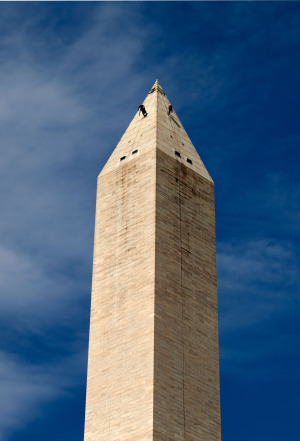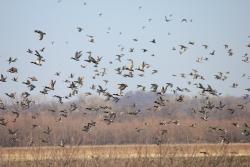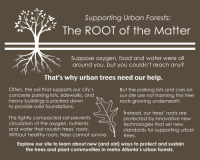Necedah National Wildlife Refuge, Wisconsin
[Reader rails and flat panels within mini-diorama]
Wet, Dry and Wet Again
About half of Necedah National Wildlife Refuge is ALL WET, at least part of the year. The word “wetlands” is a catch-all term that includes shallow lakes, marshes with low-growing plant, and swampy areas with trees.
Depending on the needs of the wildlife here, Refuge managers may use run-off canals and small dams to raise or lower water levels in certain lakes and marshes.
Who Needs Wetlands?
Birds love—and need—the watery world of Necedah. Thousands of birds across the Western Hemisphere depend on this Refuge as a resting and feeding stopover on their long yearly migrations.
Every spring and fall, waterfowl, songbirds, and raptors rest and feed here before continuing their incredible journeys. Their destinations? Winter habitats in Central and South America, and summer breeding grounds in the U.S. and Canada.


